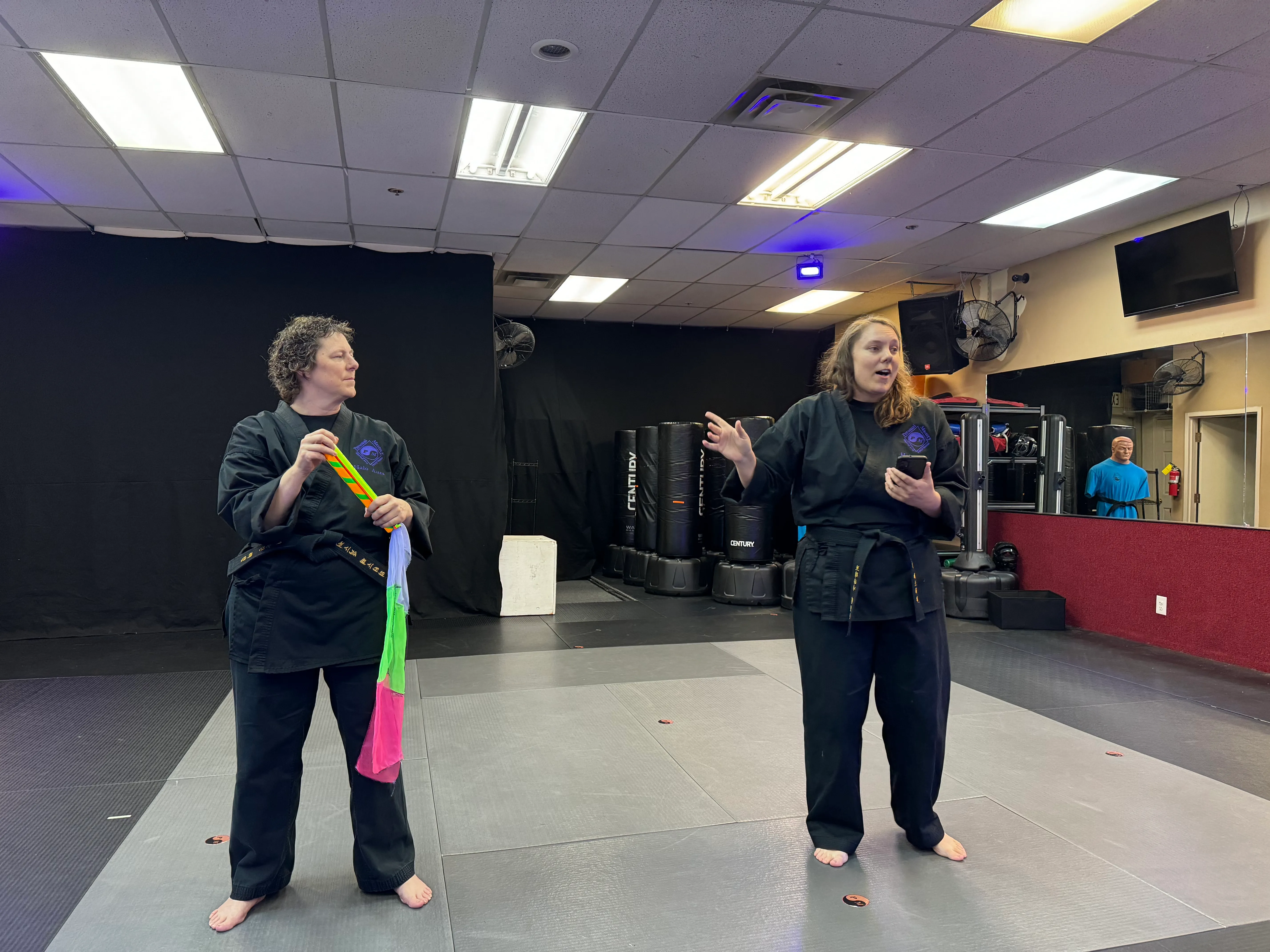Halo Training Program
Basic to advanced
WTF Black Belt Poomsae
4th Dan through 6th Dan
JITAE - Means a man with both feet on the ground who is looking at the sky. A man on the earth represents the ways of struggling for human life, such as kicking, walking and jumping on the ground. Therefore, the poomsae symbolizes various aspects occurring in the course of a human being's struggle for existence.

A message from the Halo Instructors.
Halo is the greatest thing since sliced bread and here is why you should join us on the Halo team.
American / Chung Sun Do - Black Belt Poomsae
1st Dan through 3rd Dan
Ill Ban - This form was originally named E Pluribus Unum. A Latin term meaning “from many we are one.” Signifying solidarity in our form of government and lifestyle. It is present in the eagle’s beak that appears on the president’s seal. The phrase is also the 29
symbol of the collective foundation, a foundation that we all help to build. Its carries strong basic movements with emphasis on power and stability.
Ee Ban - Originally named after George Washington. The first American Presidents the symbol of a new beginning. As George Washington is a symbolic beginning for all the presidents that follow, this poomse marks the beginning beyond the basics. It contains the first jump techniques showing security in basics, with the ability to leave the ground.
American / Chung Sun Do - Black Belt Poomsae
4th Dan through 5th Dan
Sa Ban - Originally named after Franklin Roosevelt, F.D.R was a man of action. He paved the road to America’s future. F.D.R got America on its feet again and was loved by millions. Our poomse is a tribute to Franklin Delano Roosevelt and what he did for America. The poomse is a very complex and contains many integrated movements. It is long and will take patience, hard work, and focused discipline to master this poomse. It has the flavor of the struggle by Americans in the post depression years.
Oh Ban - Originally named after John F. Kennedy. John F. Kennedy was truly a man of vision. He was the impetus which passed the civil rights bill. John F. Kennedy was an integrated human being. Possessing those characteristics that bring out the best in all of us. Thus the poomse is an integration of all the basic movements that prepares student for the path for a Dan.
